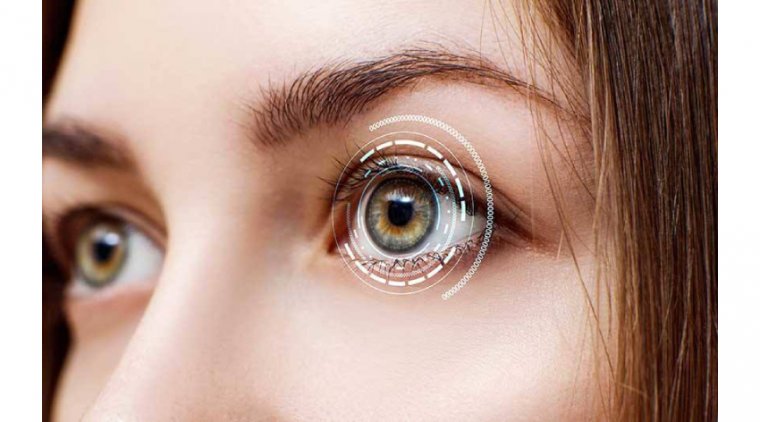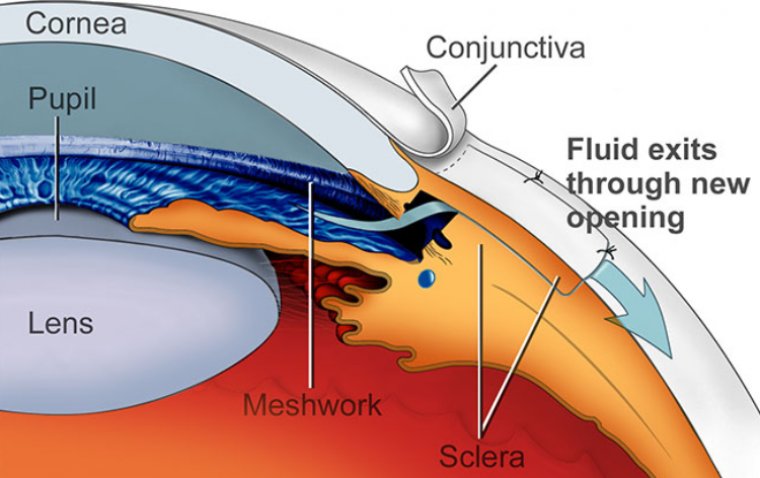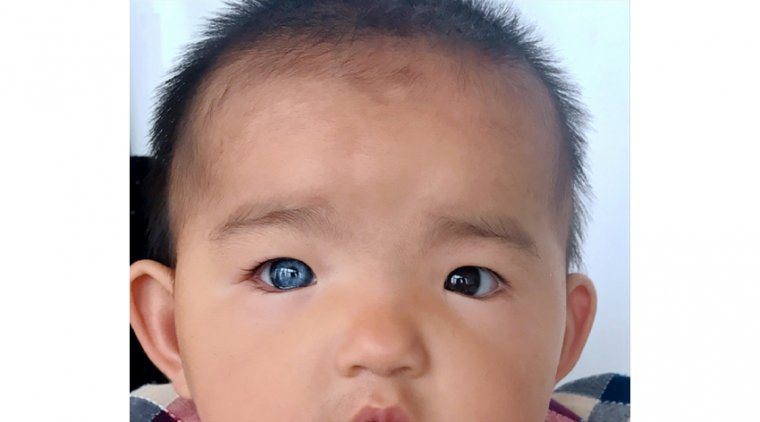
Upgrade Your Vision: LASIK Enhancement for Improved Eyesight
What is LASIK Enhancement?
LASIK enhancement, also known as LASIK touch-up or LASIK retreatment, is a procedure that is performed after the initial LASIK surgery to improve vision further or correct any residual refractive error that was not fully corrected in the first surgery. LASIK enhancement may be necessary if the patient's vision has regressed or is still experiencing vision problems such as nearsightedness, farsightedness, or astigmatism.
The enhancement procedure is similar to the initial LASIK surgery, but the surgeon will adjust based on the patient's current eye prescription and other factors. The decision to undergo LASIK enhancement should be made in consultation with a qualified eye surgeon.
The Indications for LASIK Enhancement
● The patient's vision has regressed after the initial LASIK surgery.
● The patient's prescription has changed significantly since the initial LASIK surgery.
● The patient is experiencing vision problems such as nearsightedness, farsightedness, or astigmatism that were not fully corrected in the initial LASIK surgery.
● The patient is dissatisfied with the results of the initial LASIK surgery.
● The patient's cornea has healed irregularly after the initial LASIK surgery, leading to vision problems.
How Is LASIK Enhancement Performed?
LASIK enhancement is typically performed using the same basic technique as the initial LASIK surgery but with some modifications to account for changes in the patient's vision and other factors. Here is an overview of the LASIK enhancement procedure:
1. Consultation and Pre-Operative Evaluation: The patient will first have a consultation with their surgeon to discuss their reasons for seeking LASIK enhancement and to determine if they are a good candidate for the procedure. The surgeon will perform a comprehensive eye exam to evaluate the patient's vision, corneal thickness, and other factors.
2. Anesthesia: The surgeon will use eye drops to numb the patient's eyes and may also administer a sedative to help the patient relax.
3. Flap Creation: The surgeon will use a femtosecond laser or a microkeratome to create a flap in the patient's cornea, just as in the initial LASIK surgery.
4. Reshaping the Cornea: The surgeon will use an excimer laser to reshape the cornea based on the patient's current prescription and other factors. The laser removes microscopic amounts of tissue to adjust the shape of the cornea and improve the patient's vision.
5. Flap Replacement: The surgeon will carefully replace the corneal flap over the treated area and smooth it into place.
6. Post-Operative Care: The patient will receive instructions for post-operative care, including using prescribed eye drops, avoiding strenuous activities, and attending follow-up appointments with their surgeon to monitor their progress.
What Are the Potential Complications of LASIK Enhancement?
What Is the Success Rate of LASIK Enhancement?
The success rate of LASIK enhancement depends on several factors, including the patient's circumstances, the surgeon's skill and experience, and the specific technique used for the procedure. However, studies have generally found that LASIK enhancement is a safe and effective procedure with a high success rate.
One study published in the Journal of Refractive Surgery found that the success rate for LASIK enhancement was approximately 96%, with most patients achieving 20/20 vision or better after the procedure. Another study published in the American Journal of Ophthalmology found that the success rate for LASIK enhancement was 93.7%, with most patients experiencing a significant improvement in their vision.
How Long Does It Take to Recover from LASIK Enhancement?
The recovery time for LASIK enhancement is typically similar to that of the initial LASIK surgery. However, it may vary depending on the patient's circumstances and the specific technique used for the procedure. Here are some general guidelines for the recovery period:
● Immediately after the procedure: Patients may experience discomfort, itching, or burning in the eyes immediately after LASIK enhancement, but this should subside within a few hours. Patients may also notice blurriness or haziness in their vision during this time.
● The first few days: Patients should avoid rubbing their eyes or engaging in strenuous activities for the first few days after LASIK enhancement. They may experience some sensitivity to light or mild pain, but these symptoms should gradually subside.
● The first week: Most patients can return to work and resume normal activities within a week after LASIK enhancement. However, they may need to avoid certain activities, such as swimming or hot tubs, for a few more weeks.
● The first few months: Patients may experience fluctuations in their vision as their eyes continue to heal after LASIK enhancement. They should attend all follow-up appointments with their surgeon to monitor their progress and address any issues that may arise.
Are There Any Alternatives To LASIK Enhancement?
Yes, there are several alternatives to LASIK enhancement for patients who are not good candidates for the procedure or prefer not to undergo surgery. Here are some of the most common alternatives:
● PRK (photorefractive keratectomy): PRK is a similar procedure to LASIK that involves reshaping the cornea using an excimer laser, but without creating a corneal flap. PRK may be a better option for patients with thin or irregular corneas or other factors that make them poor candidates for LASIK.
● Contact lenses: Contact lenses can be an effective alternative to LASIK enhancement for many patients, particularly those who only require a minor vision correction or are not good candidates for surgery.
● Orthokeratology: Orthokeratology, or ortho-k or corneal reshaping therapy, involves wearing special contact lenses overnight that gently reshape the cornea and improve vision during the day. This may be a good option for patients who prefer to avoid wearing contact lenses during the day or are not good candidates for LASIK or other types of surgery.
● Refractive lens exchange: Refractive lens exchange involves replacing the eye's natural lens with an artificial lens to correct vision problems. This procedure may be a good option for patients with more severe vision problems or other factors that make them poor candidates for LASIK enhancement or other types of corneal surgery.
Conclusion
In conclusion, LASIK enhancement is a safe and effective procedure that can help improve vision for patients who have had an initial LASIK surgery but are still experiencing vision problems. The procedure involves adjusting the cornea based on the patient's current prescription and other factors, and it typically has a high success rate with few complications. However, LASIK enhancement is not a guaranteed solution for all vision problems.
Working closely with an experienced surgeon is essential to determine if it is the right choice for your individual needs and circumstances. Additionally, there are several alternatives to LASIK enhancement for patients who are not good candidates for the procedure or prefer not to undergo surgery. It is crucial to explore all available options to find the best possible treatment for your vision problems.
Author: Dr Muhammad Saad, Resident Ophthalmologist at AlShifa Trust Eye Hospital in Rawalpindi, Pakistan
(1).jpg)
.PNG)










